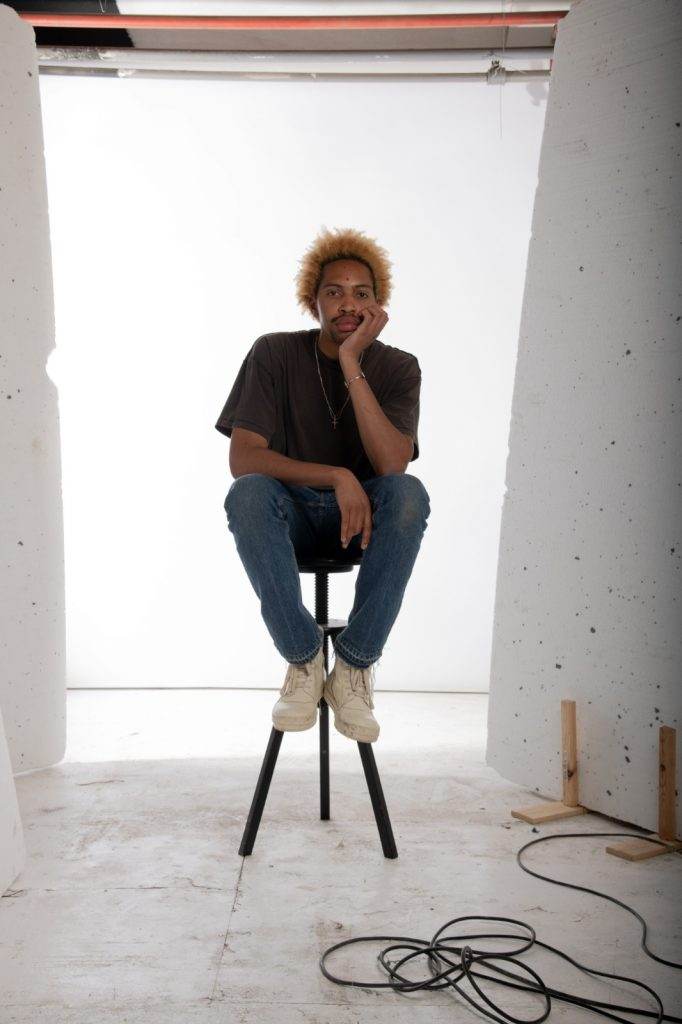
We caught up with Jared Knight, Founder and Creative Director of Manchester born brand Sampaix (pronounced Som-pai). Fundamentally informed by a DIY approach and created with careful craftsmanship with quality materials, five years on from its inception, Sampaix has firmly grounded its feet in the market. From the successful launch of its sister-brand AAOCCKAAC’s latest collection, to a customer base stretching as far as Japan and Australia, it is clear Jared’s infectious optimism has played a major role in the brand’s success so far.
Words by Jessica Rogers @j_essicarogers
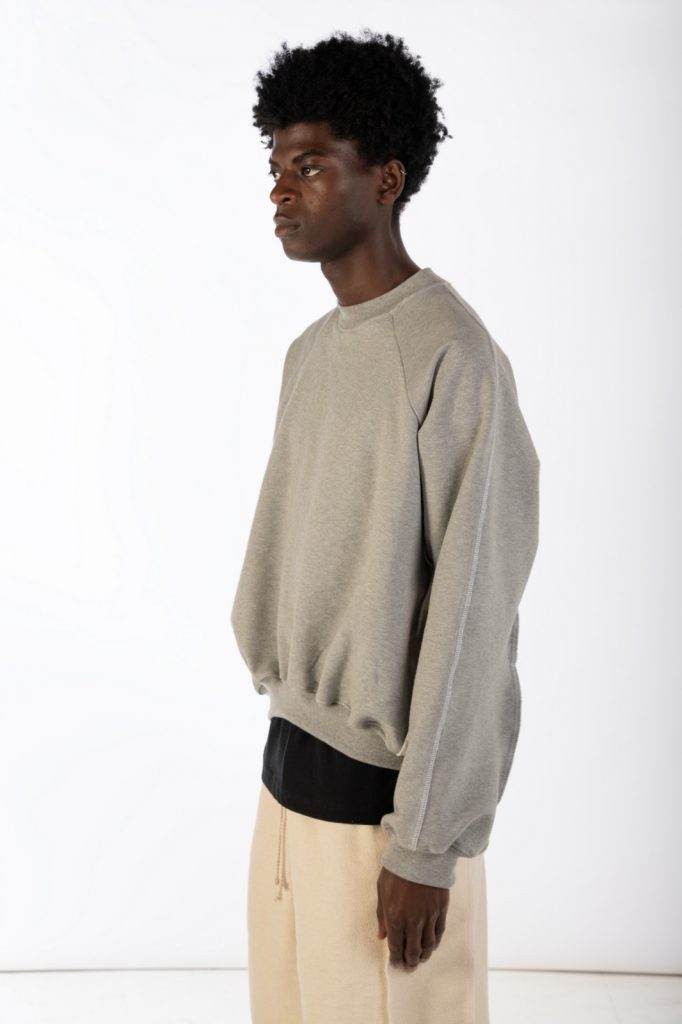
Tell me a bit about yourself…
I’m from Manchester and studied Fashion Design here at MMU for a year before realising it wasn’t for me. University was a too rigid and structured way of learning for me, it didn’t allow me to explore what I was naturally drawn towards which was learning how to create a brand and a business. So, after that I concentrated on channelling all my time into teaching myself how to make clothes and from there, establishing a concept to bring a brand to life – enter Sampaix.
What inspired you to create a fashion brand?
Even from a young age when I’d go shopping with my mum, I’d look at the way garments were put together. The intricacies of the way things are constructed always intrigued me. I think that desire to make things was always the driving force, and then I basically just fell into fashion as a medium to channel that energy.
I created my first ‘brand’ when I was 16, just making t-shirts. It’s funny looking back, it was serious business to me at the time, I even got it trademarked! In that sense I’ve always had that entrepreneurial spirit even though the business side doesn’t come as naturally to me as the creative stuff. When I first started out part of me was just content making the clothes and not selling them, but of course that’s not how it works.
Talk us through Sampaix– what inspired the name and aesthetic?
Rue Lucien Sampaix – the street I lived on in Paris. I spent a few years there, interning for brands and showrooms amongst other jobs. When I started out, I was really just experimenting and trying to teach myself as I went along, basically a lot of trial and error. At the same time, I was also limited to what materials I could source locally and afford, so both these factors contributed to the DIY approach of my designs. From the hand-dyeing print to exposed stitching, these elements weren’t part of any vision as such but naturally became defining features of Sampaix’s aesthetic.
I’ve developed my craft as time goes on, but I still don’t necessarily conform to the ‘correct’ way of making things in design terms, so the DIY effects have now become a constant because that’s just my way of creating. So, naturally this will always bleed into the aesthetic of the garments.
After living and working in Paris, do you think there are any Parisian influences prevalent in your designs?
I’ve always appreciated the subtle approach to French fashion and style. I think that’s emulated in the clothing more than any specific prevalent influences in my designs. For me, Paris is the best place in the world to do nothing. I could just sit and observe the surroundings and people for hours. There’s something so effortless and cool about Parisian style and it fascinates me, and that’s what I strive for – pieces that people can identify as Sampaix by simply noticing key, subtle design features.
In the same respect, do you think your cultural identity shapes your ideas and designs?
My family are Jamaican so I grew up observing Jamaican tailoring techniques, which I can only describe as ‘looking at it and figuring out how it works’. I didn’t study fashion design, so Sampaix was my introduction to and still is my foundation for my own sewing and tailoring techniques. My Grandma used to make pieces for my Dad, and it amazed me because what she was doing shouldn’t have worked but it did. Using feeling and intuition to inform her technique rather than following technically or mathematically correct methods. I’ve definitely inherited this approach too, I almost design as I make which is frustrating for my team, but that’s how I work. The end result is always different to my initial idea and this falls back to my culture for sure – the just go with it, see where it takes you mentality.
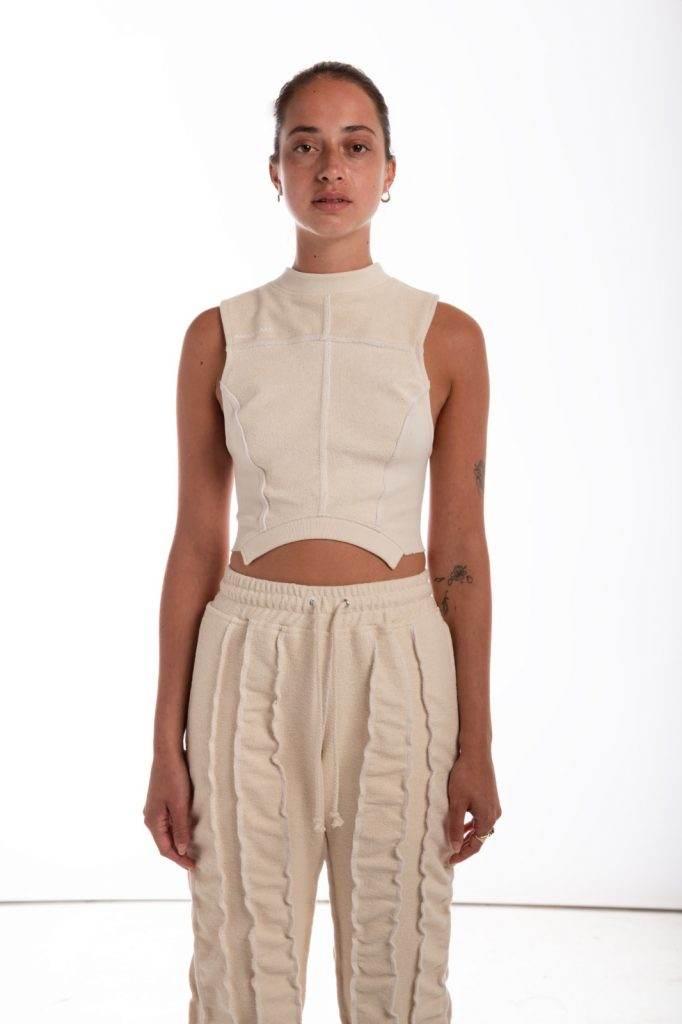
What is fashion to you?
That’s deep… I mean I wouldn’t even define myself as a fashion designer. I feel I create things from a place of necessity for me but not for the world. I enjoy the craft of creating things, it’s therapeutic for me and that’s how I think I naturally fell into fashion. So, I suppose fashion for me is creating something, a means to channel my energy and drive to make things as a form of free expression.
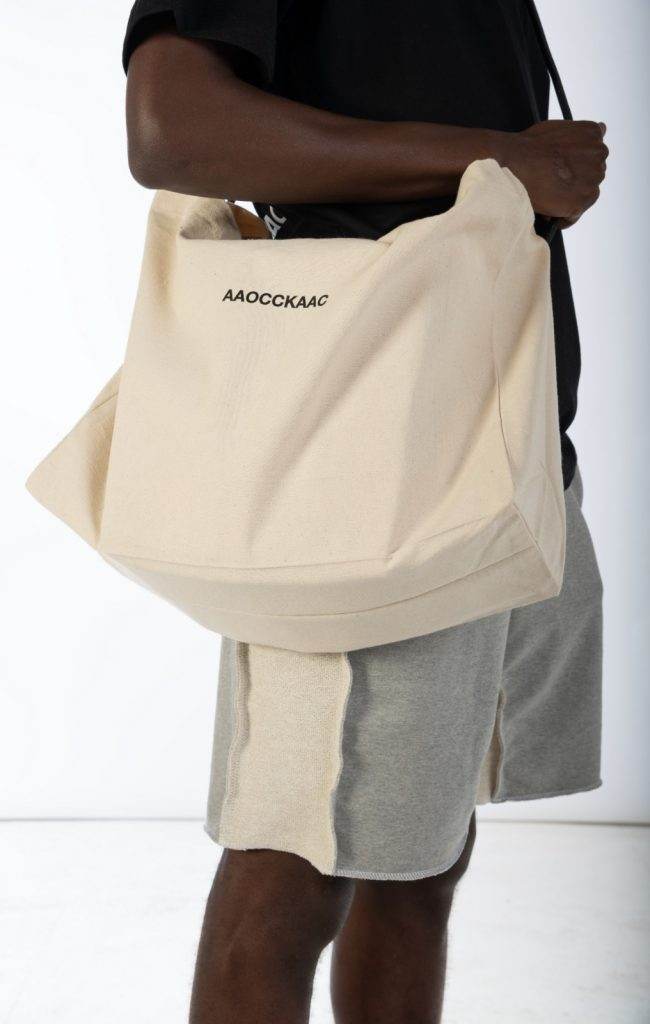
Can you tell us a bit more about Sampaix’s sister-brand AAOCCKAAC?
At its core AAOCCKAAC – An Assortment Of Clothes Commonly Known As A Collection – is more accessible, we produce this line in higher numbers and the pieces are more affordable. It’s a concept I’ve been developing since 2016 when I came up with the name and loved the awkwardness of it. I suppose AAOC encompasses products that are fun, easy to wear, but are still great quality and possess Sampaix’s unique aesthetic. We’re currently re-branding Sampaix, maturing it a little bit, so AAOC also provides us with a way of continuing to stay true to our roots. AAOC is not a sub-brand but an added extra, the two meet in the middle as the purpose is for the pieces to go hand-in-hand.
Oversized drop hem tees, quality hoodies with sharp branding and casual pants are some of your staple garments, with this would you classify Sampaix as a streetwear brand, and what are your thoughts on the term?
I would say we are streetwear, but I think regardless of what I think or what the team and I say or do, we’ll always be seen as streetwear kids because of our origins and what we look like. Although, saying that, I also think it’s counterproductive to fight the streetwear stereotypes that others place on us, the best thing we can do is embrace it. I’ll admit it is a frustration I’ve had, but now my perception has changed, and I think rather than trying to break out of a box, the best thing we can do is try to redefine it for yourself. The fashion sphere is huge, and only getting bigger, so now there’s more space for brands that are multifaceted and don’t need to be defined by this or that but can simply evolve naturally and gain appreciation from different audiences.
People generally think of London as the UK’s hub for fashion, have you ever felt the pressure to move there to progress?
I’m a firm believer in the idea that if you have a good product, people will gravitate towards it. If it’s meant to be seen, it’ll be seen. I’ve never given the idea of moving to London for the business a second thought and I think this just goes back to MySpace days when I became aware of the power of the internet. We’re equipped with so many tools especially with social media, there aren’t really any physical barriers to achieving certain things now because of the internet. You can live anywhere, create anywhere, ship things round the world, so to me location doesn’t determine your ability or potential.
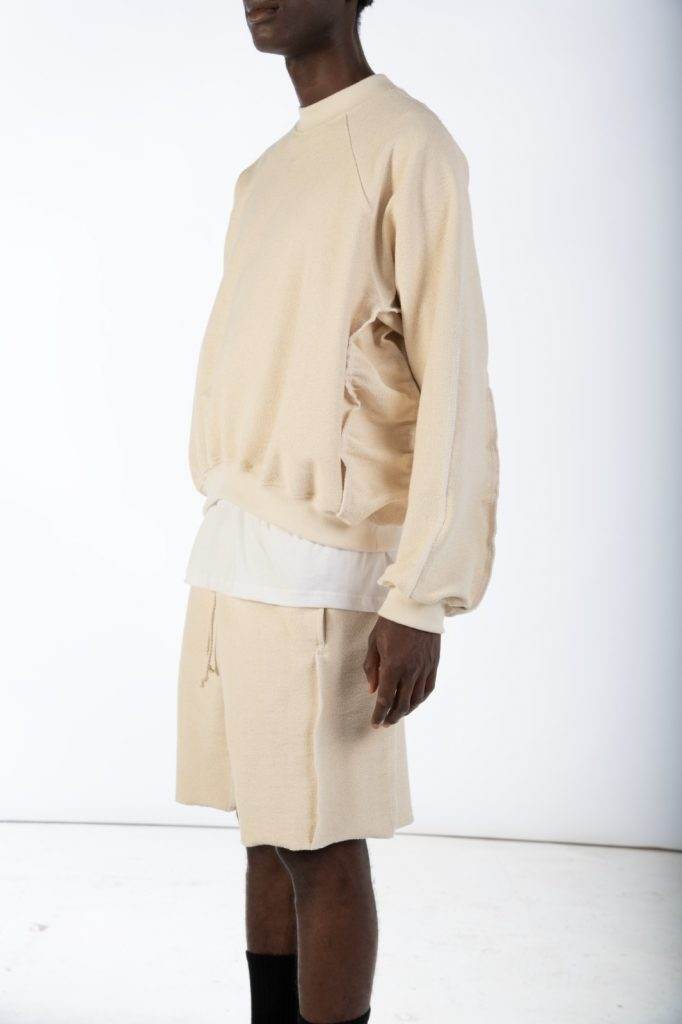
Who would be your dream designer or brand to collaborate with?
Porsche. I love their cars and timeless design – their flagship 911 model hasn’t really changed since 1964 when they started making that model. I don’t even know what the collaboration would be, but I aspire to achieve what Porsche has in designing something so great, that they don’t have to change a thing about it and its legacy just lives on.
What’s your favourite item in your wardrobe right now?
It’s not technically from my wardrobe but my good friend Junior has his own shoe brand Clints, and I borrowed Black TRL trainers from his new collection for a shoot recently and can’t bring myself to return them because I just love looking at them. They don’t even fit me, but yeah that’s my favourite item right now.
And finally, what are your ambitions for the brand, where do you see it in say 5 years’ time?
Staying on this path really, being in a similar space physically, crafting and experimenting. But ultimately, creating my own Porsche 911 equivalent – a product that sells beyond us or can reshape the way we think about clothes or streetwear. And if I don’t achieve that in 5 years, then that’ll be my 10-year goal.
Sampaix will be re-launching at the end of July, bringing an evolution of past clothing and accessories as well as a debut womenswear collection and informal tailoring later in the year. Keep up to date by signing up to their newsletter here and following @sampaixstudio
